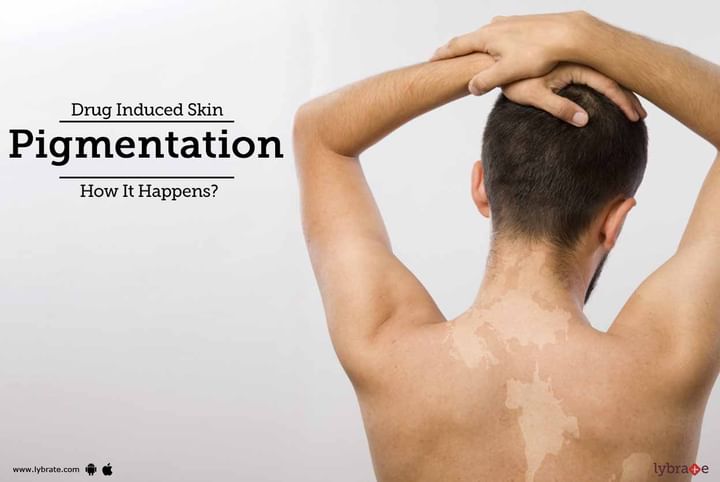Drug Induced Skin Pigmentation - How It Happens?
Drug related pigmentation errors are usually characterized by a topographic distribution and can lead to prominent discoloration in areas that are especially affected by the sun. It is a rather common phenomenon and accounts for a startling 10-20% of the total cases of hyperpigmentation that are acquired. The condition might be induced by drugs of varied nature, ranging from non-steroidal anti-inflammatory medications or NSAIDs and antipsychotic drugs to phenytoin and anti-malarials.
What can lead to it?
A number of causes tend to contribute to this factor by speeding up the process of pigmentation that isn’t natural or expected in any manner whatsoever:
- Certain drugs happen to react with the melanin of your system to form what is observed to be a drug-pigment complex. Exposure to too much sunlight has a way of stimulating sun-induced synthesis of melanin for the formation of such complexes.
- Quite a number of heavy metals are seen to deposit in the dermal region following significant damage to the patient’s dermal vessels. A visible change in the complexion will then be observed without there being any increment in the melanin component.
- Hypermelanosis might be induced by certain other drugs in the form of changes that are non-specific post-inflammatory in essentially predisposed individuals.
- Some drugs tend to induce or trigger pigmentation directly by the accumulation of or reaction with certain specific substance of the patient’s skin.
Treatment
Despite the fact that the condition of drug-induced pigmentation of the skin is mostly benign, it might prove to be an otherwise disfiguring factor when perceived cosmetically. In most cases, one may observe that once the affecting drug has been terminated from regular dosages, fading of most lesions will occur. However, in most cases, the pigmentation tends to last for a longer span of time and ultimately becomes permanent. Since most drugs and medications that cause skin pigmentation also happen to be the cause of photosensitivity reactions, patients are recommended to make proper use of sun protection. You may also opt for laser treatments that have been developed in recent years to correct the problem of pigmentation.
In case you have a concern or query you can always consult an expert & get answers to your questions!



+1.svg)
